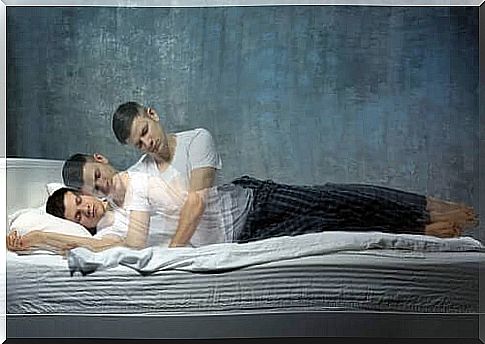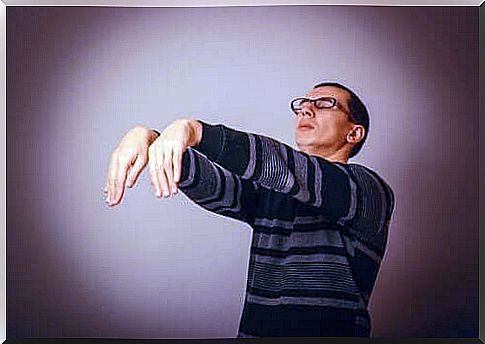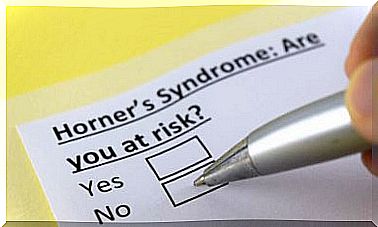Sleepwalking: A Unique Sleep Disorder
Sleepwalking generally occurs more often in children than in adults. The reason for this is that adult people have a shorter and shorter duration of the deep non-rem phase as they get older.

Sleepwalking usually piques interest through the strange and unsettling behaviors of the people involved.
This is a sleep disorder characterized by the person partially waking up. The main characteristic of sleepwalking is the existence of repetitive episodes of complex motor behaviors that begin during deep sleep.
The person who is sleepwalking is usually doing things or talking while they sleep. For example, she rubs her eyes, walks around the room, or even sometimes leaves the house.
In addition , a sleepwalker has the ability to avoid objects, but the mind and the ability to reason are greatly altered. You can say that the person is acting and talking normally, but is not clear about what exactly is happening.
It is estimated that the prevalence of sleepwalking in the general population is between 1% and 15%. The onset or persistence of this disorder is common in adults but is more common in children. Usually, however, this sleep disorder is not associated with a psychiatric or psychological problem.
Sleepwalking and the first phase of non-REM sleep

This sleep disorder occurs in the first stage of non-REM sleep. In order to better understand this, we will now explain the different stages of sleep in a simple way.
Not every rest or every sleep is the same. Our sleep is divided into cycles of about 90 minutes. These repeat themselves over and over again during the hours we sleep.
Within these cycles , different stages of two different types of sleep occur: light sleep and deep sleep. Now let’s look at the different stages that are divided into REM sleep and non-REM sleep.
The non-REM sleep
The following phases occur during non-REM sleep:
- Phase 1 or falling asleep: This phase includes approximately the first 10 minutes of sleep. It is a transition period from when we are still awake to when we fall asleep.
- Phase 2 or light sleep stage: This stage makes up about half of our sleep cycles. Breathing and heart rate slow down. In this phase we can have this typical dream in which, for example, you fall off a cliff and suddenly wake up.
- Phase 3 or transition phase: This is only a very short phase of two or three minutes in which we approach deep sleep.
- Phase 4 or the phase of deep sleep: This phase takes up approximately 20% of the total sleep cycle. This is the most important phase when it comes to assessing the quality of our sleep. In this phase it is not easy to wake us up. But as a sleepwalker, it is exactly when you “wake up”.
The REM sleep phase or the paradoxical sleep phase
This phase covers approximately 25% of the sleep cycle and lasts between 15 and 30 minutes. During this phase we have constant movement of the eyeballs under the eyelids.
REM sleep is characterized by high brain activity. This is very similar to activity when we are awake, even though our muscles are blocked. In this phase we dream and take in information from our environment.
The causes of sleepwalking

As we mentioned at the beginning of the article , sleepwalking is more common in children than in adults. The reason for this is that adults have shorter periods of deep sleep in the non-REM phase as they age.
This disorder is usually inheritable. In addition, it is often associated with fatigue, lack of sleep and anxiety. On the other hand, there are factors that make sleepwalking even easier:
- Alcohol, sedatives, and other medications
- Conditions such as seizures
- Mental disorders
Should you ever meet someone who is sleepwalking, it is important that, as a first step, you don’t be afraid and stay calm. The next step is recommended to lead the person back to bed in a low tone and in short, clear sentences.
treatment
In many cases , the problem can be eliminated simply by improving sleep hygiene. If you cannot improve with these measures, it is advisable to speak to a professional to discuss the possible factors that can also cause this problem.
Some patients said they were healed using techniques such as hypnosis. In addition, drug treatments are also available to try to improve this condition.
However, sleepwalking usually decreases with age because, as mentioned earlier, the deep sleep phase becomes shorter and shorter.









